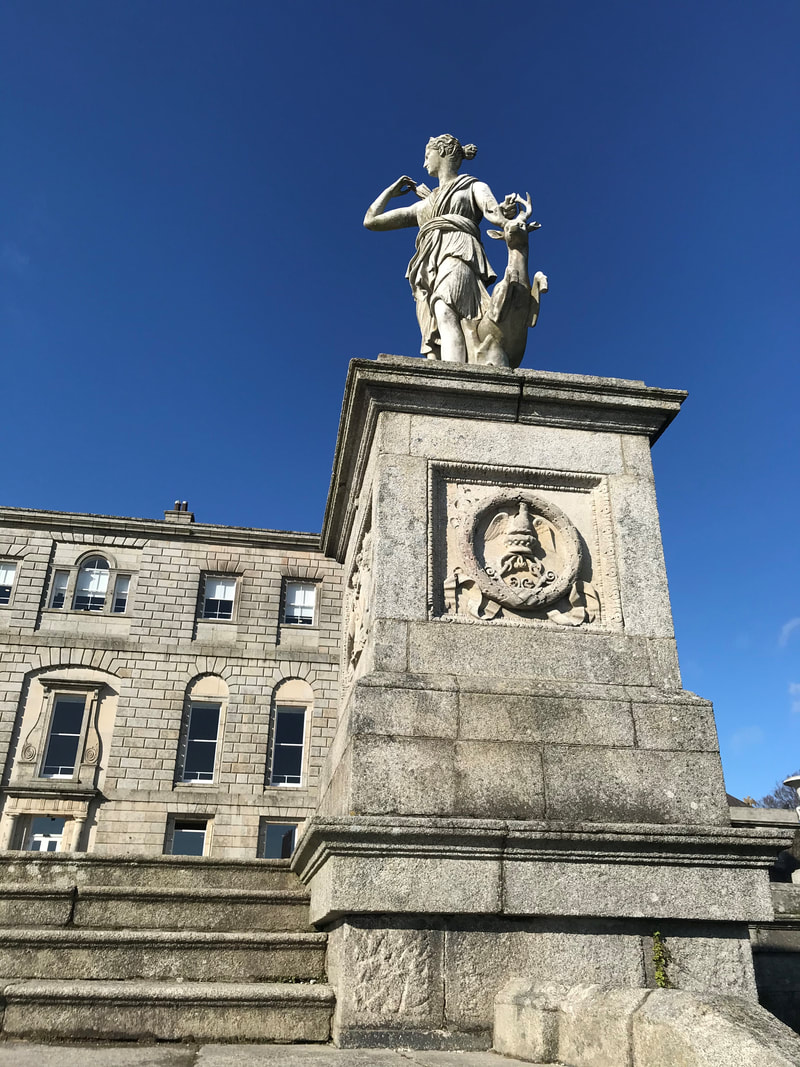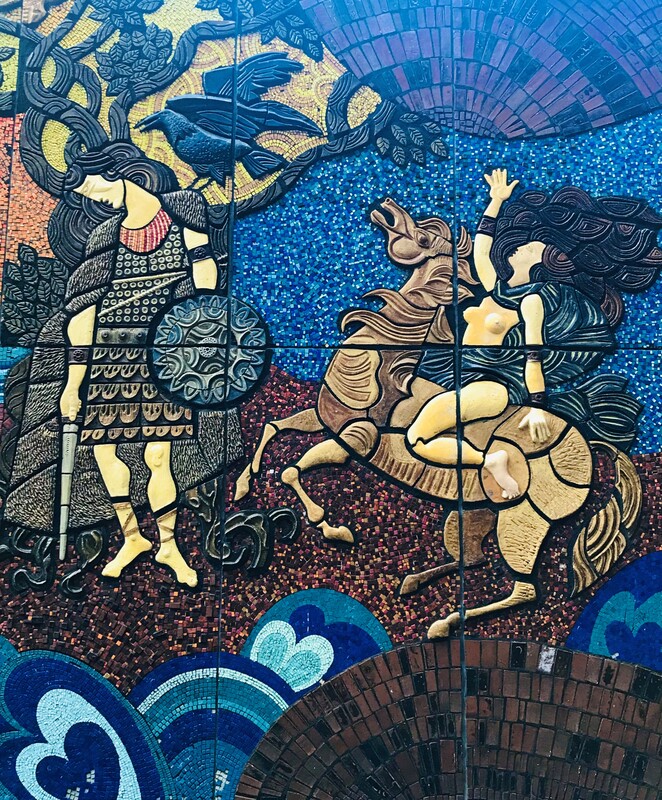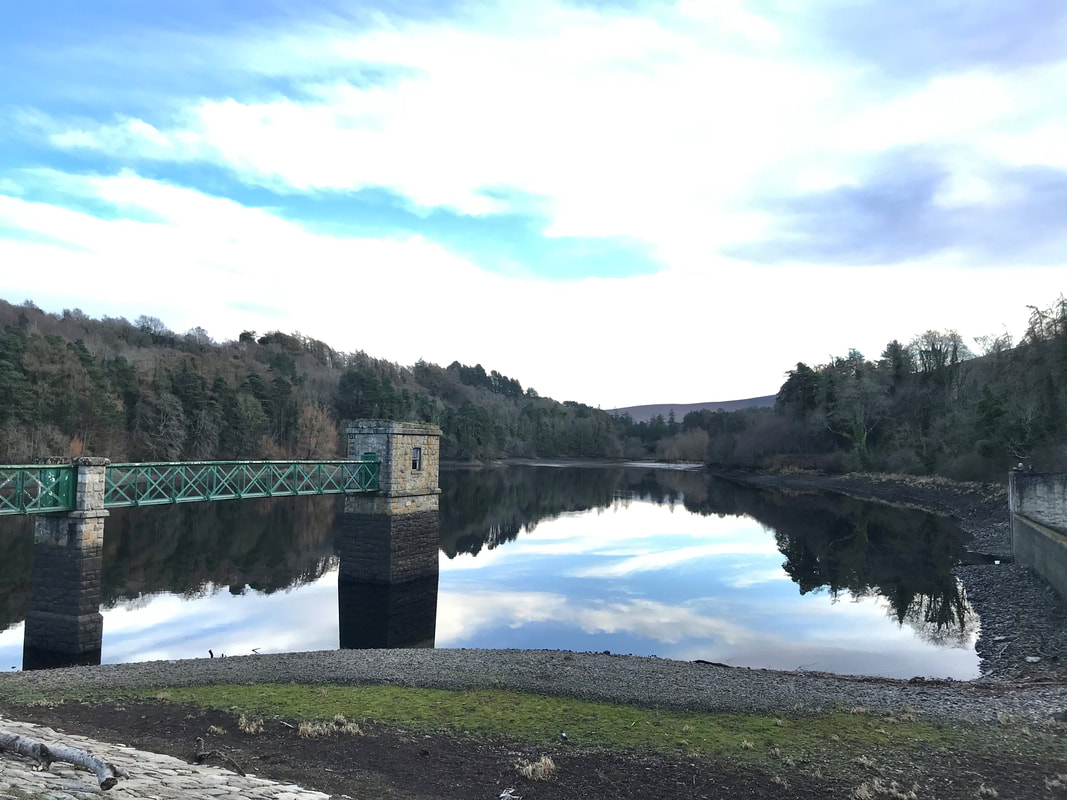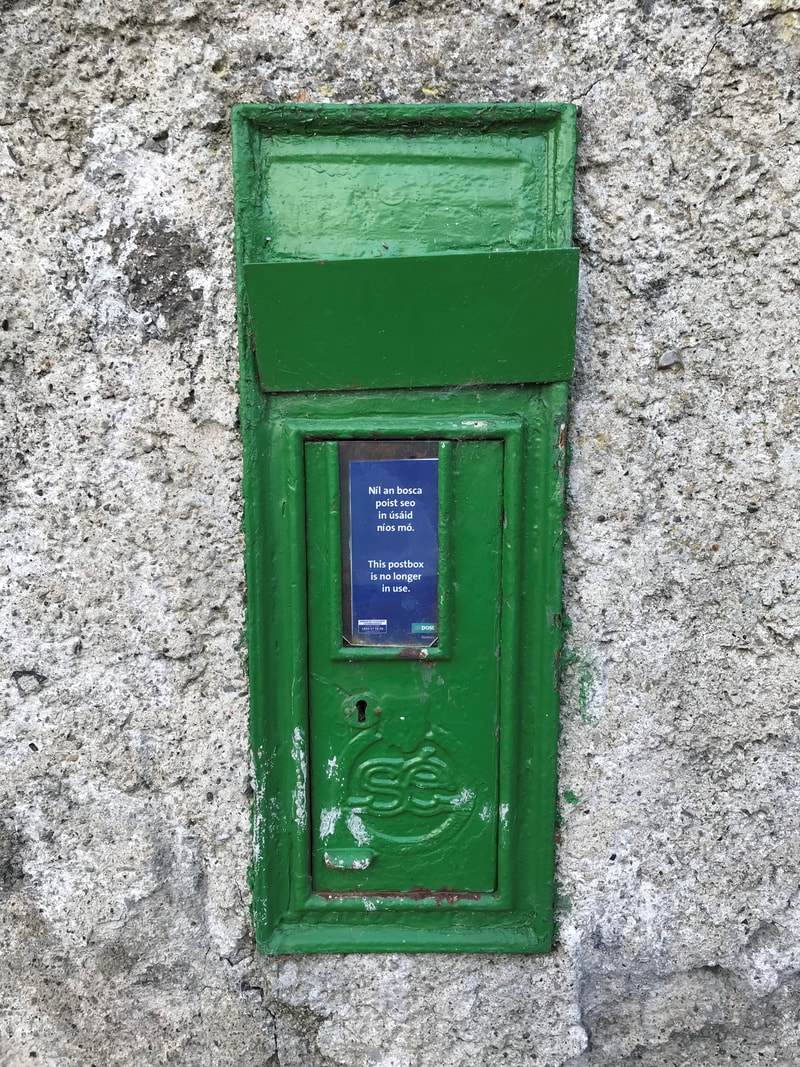|
By Sinéad Hughes, Head of Conservation at Carrig Conservation
1 Comment
|
CARRIG CONVERSATIONS BLOG
We hope to inspire important conversations and debates on the topics of heritage, climate change, sustainability and much more.
CARRIG CONVERSATIONS
PODCAST Archives
July 2023
Categories |
|
T. +353 (0)1 552 9080
E. [email protected] |
VAT IE8240008C
Company Reg. 240008 Directors Peter Cox | Aileen Le Brocquy |






 RSS Feed
RSS Feed